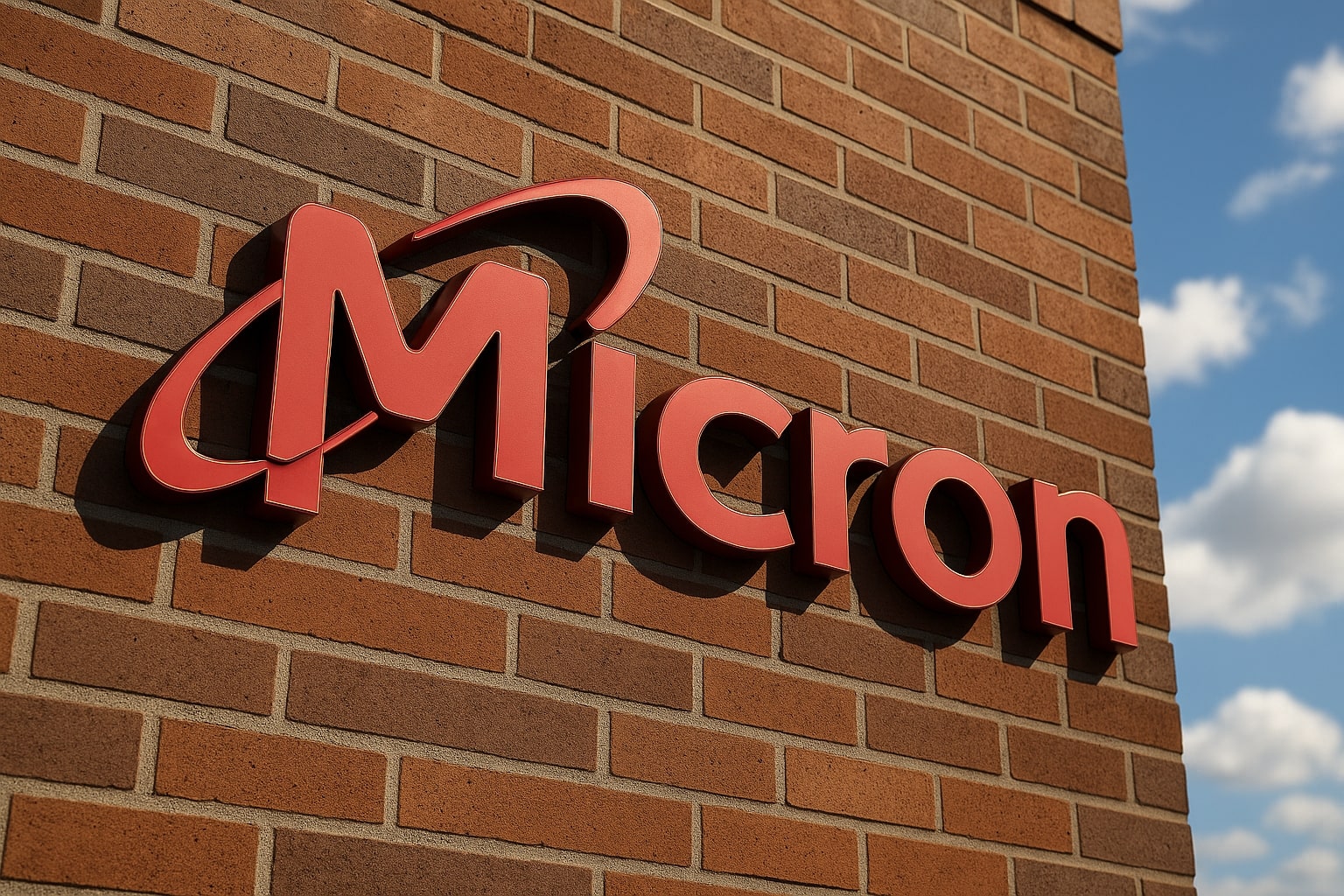Micron Technology Stock Analysis: NASDAQ:MU Climbs to New Highs on AI and Memory Demand
Earnings Power and AI Tailwinds Lift NASDAQ:MU
Micron Technology NASDAQ:MU surged to $131.37, marking a 52-week high as AI demand reshapes the memory market. The company reported trailing twelve-month revenue of $33.81 billion, up 36.6% YoY, with quarterly earnings growth hitting 467.8%. Diluted EPS reached $5.54, pushing the P/E ratio to 23.7x on trailing results but just 9.9x forward, highlighting significant earnings acceleration as DRAM and high-bandwidth memory (HBM) pricing strengthens. Analysts now forecast full-year EPS of $8.08 in 2025, rising 58% to $12.80 in 2026, with revenue estimates climbing from $37.1 billion in FY25 to as high as $48.6 billion in FY26. This growth puts MU’s PEG ratio at an extraordinary 0.14, signaling undervaluation relative to projected earnings momentum.
High-Bandwidth Memory Becomes the Growth Engine
Micron is firmly positioning itself as a core supplier of HBM for AI accelerators, competing directly with Samsung and SK Hynix. Progress on HBM3E ramp-up has been rapid, with demand from hyperscalers and GPU leaders such as Nvidia and AMD underpinning its backlog. Analysts from CLSA, Cantor Fitzgerald, and Wolfe Research maintain bullish stances, setting targets between $155 and $160, while Rosenblatt is more aggressive at $200. Goldman Sachs has taken a more balanced view, reiterating a Neutral with a $130 target, but acknowledged upside from the company’s HBM ramp. The sustainability of DRAM and NAND pricing will determine margins, but the near-term strength in AI-linked memory demand has provided stability even as the industry faces cyclical risk.



















